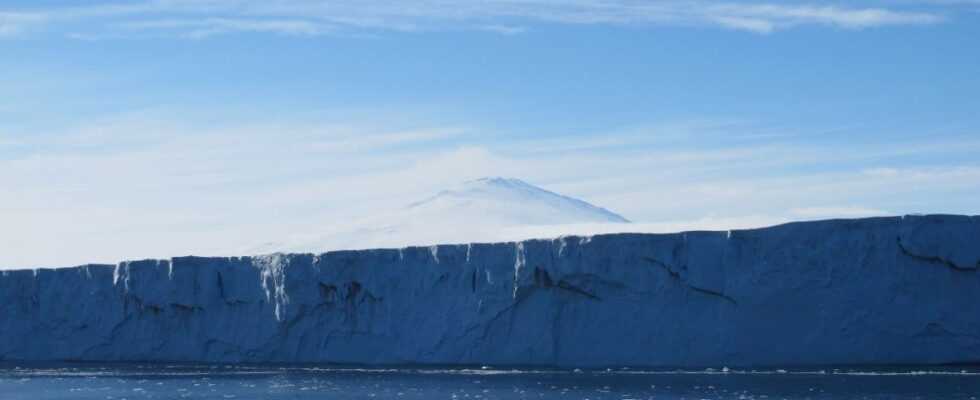In East Antarctica, which is considered relatively unaffected by climate change, an ice shelf about half the size of Saarland has collapsed. Satellite images show that the Conger Ice Shelf, anchored between the mainland and Bowman Island nearly 50 kilometers away, broke apart around March 15. The ice platform was located in a region that was hit almost simultaneously by an extreme heat wave, with temperatures up to 30 degrees Celsius higher than normal for the time of year. The ice shelf was quite small at just 1200 square kilometers in area, but its loss is the most significant collapse of such an ice platform since the collapse of the Larsen B Ice Shelf in 2002.
It is still unclear what role the extremely high temperatures in March 2020 played in the collapse of the ice platform. By the time temperature records on the southern continent’s ice cap made headlines, the Conger Ice Shelf had already disappeared. While it is plausible that the warm air flowing in from Australia and the resulting surface melt was the final trigger, the end of the ice shelf had already been announced in the months before: between January and March 2022 it had already covered half its area lost.
The rapid loss of ice may be related to the conditions that caused the sea ice around the southern continent to shrink to the lowest extent ever observed in February 2022. Both the great loss of sea ice – the second minus record in five years – and the collapse of the Conger ice shelf came as a surprise to experts. East Antarctica had even cooled slightly in recent decades through a mechanism known as the negative greenhouse effect, and unlike the Arctic, sea ice was not shrinking.
However, research shows that East Antarctica may be far less stable in a warmer climate than currently appears. An analysis from 2020 showed that, contrary to expectations, the Wilkes Basin, a trough now filled with ice several kilometers thick, was probably ice-free during a warm phase around 450,000 years ago. In addition, rising sea levels and warmer waters along Antarctica’s coasts are making the edges of the ice cap less stable, so ice loss could also accelerate in East Antarctica.
